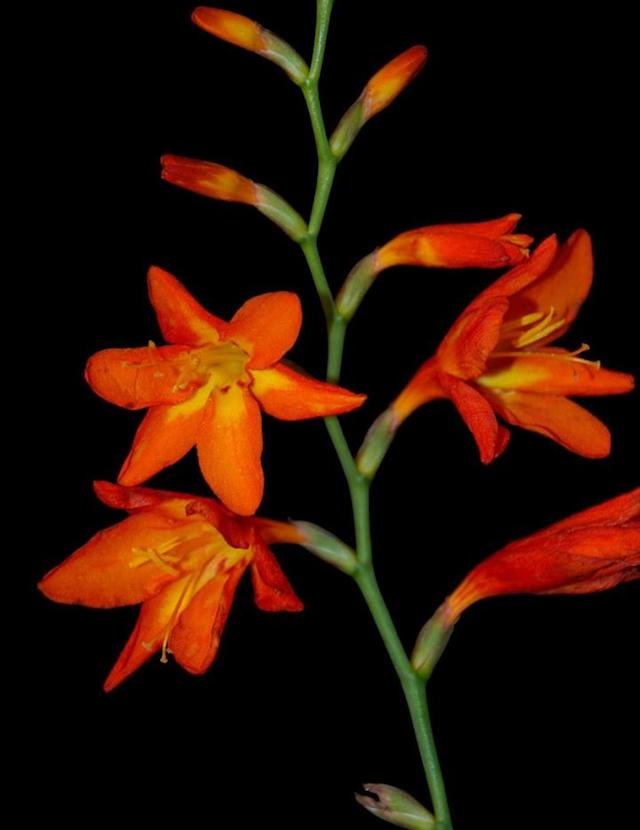
In a recent study, researchers find a plant compound may help develop new anti-diabetes drug.
Currently, about half of the western medicines were derived from naturally occurring plant metabolites.
Plants produce over 200,000 special metabolites but finding the ones that can be used in medicine is hard.
It is even harder to find sufficient amount for human use.
Type-2 diabetes is a chronic condition, in which blood glucose levels increases due to the body’s inefficient use of insulin.
The disease affects more than 320 million people worldwide.
Drugs that are commonly used to treat type-2 diabetes reduce blood glucose levels by inhibiting the activities of two enzymes: HPA (pancreatic alpha-amylase) and alpha-glucosidases.
Unfortunately, the inhibition of alpha-glucosidases causes side effects, including flatulence and diarrhea.
Ten years ago, in an effort to produce a diabetes drug that specifically inhibits HPA activity without having nasty side effects, scientists screened 30,000 extracts derived from plants and other organisms.
They found a single compound that fit the bill: montbretin A (MbA) from the bulb-like underground corms of the ornamental plant montbretia (Crocosmia x crocosmiiflora).
However, MbA can’t be produced in a large amount if the biochemical pathway and genes involved in its biosynthesis is unknown.
In this study, Canadian scientists solved the problem. They analyzed this crucial pathway and involved genes.
The team from University of British Columbia and the Canadian Glycomics Network discovered the first three intermediate metabolites in the MbA biosynthesis pathway.
This includes a product called mini-MbA, which also strongly inhibits HPA activity, as well as the four enzymes involved in mini-MbA production.
Importantly, when they cloned the genes for these enzymes and used them to genetically transform wild tobacco, they successfully obtained mini-MbA.
According to lead scientist, this is a fascinating example of the largely undiscovered potential of plant metabolism that may lead to new treatments for human disease.
The study is published on The Plant Cell.
Copyright © 2018 Knowridge Science Report. All rights reserved.



